
Springfield Armory NHS, US NPS The Twentieth Century brought more that the change from steam to electrical power. New techniques of metallurgy, of preserving metals, and of applying machine power to manufacturing were pioneered at the Armory. With the introduction of the M1, which could not be manufactured on the Armory’s ancient machinery, modern and more efficient equipment was designed and installed. The two world wars caused dramatic, if temporary, changes in the work force as women replaced men in many jobs. After the Second World War research and development replaced manufacturing as the Armory’s preeminent function. ********** 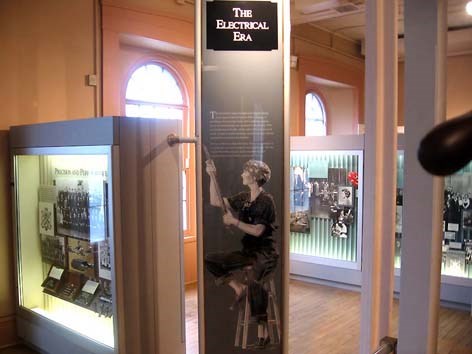
Springfield Armory NHS, US NPS 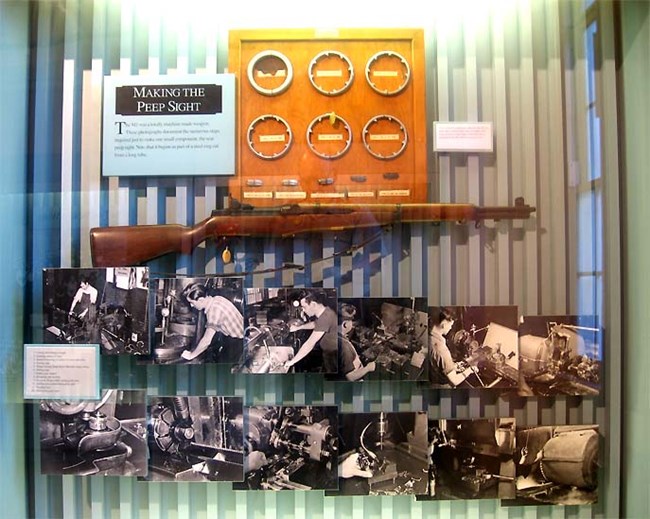
. Springfield Armory NHS, US NPS MAKING THE PEEP SIGHT The M1 was a totally machine-made weapon. These photographs document the numerous steps required just to make one small component, the rear peep sight. Note that it begins as part of a steel ring cut from a long tube. **********
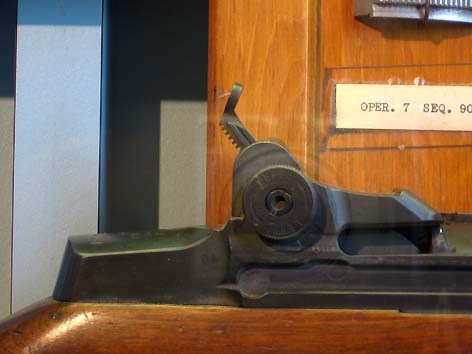
Springfield Armory NHS, US NPS 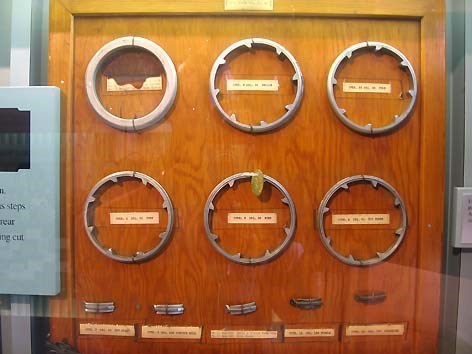
Springfield Armory NHS, US NPS 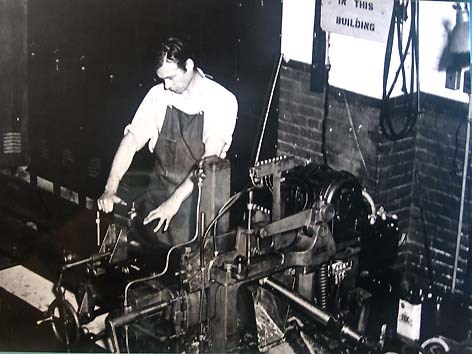
Springfield Armory NHS, US NPS 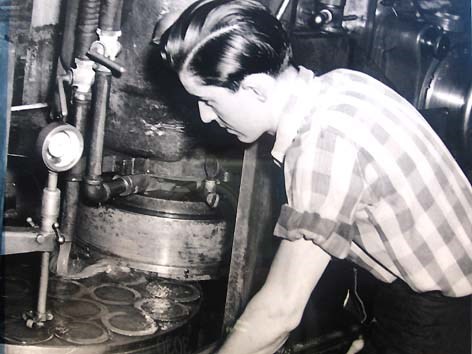
Springfield Armory NHS, US NPS 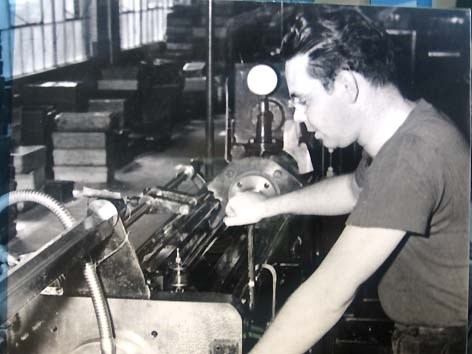
Springfield Armory NHS, US NPS 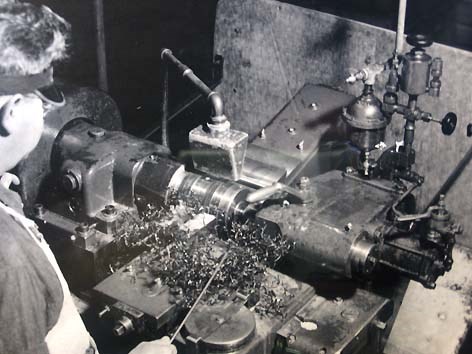
Springfield Armory NHS, US NPS 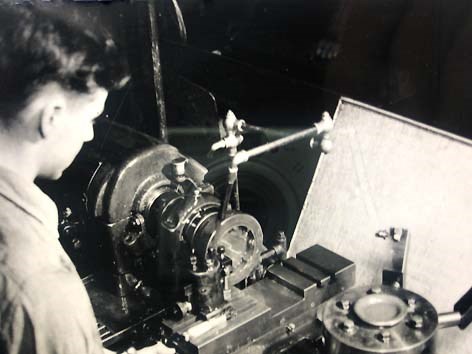
Springfield Armory NHS, US NPS 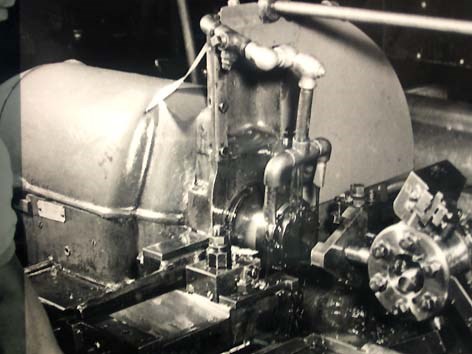
Springfield Armory NHS, US NPS 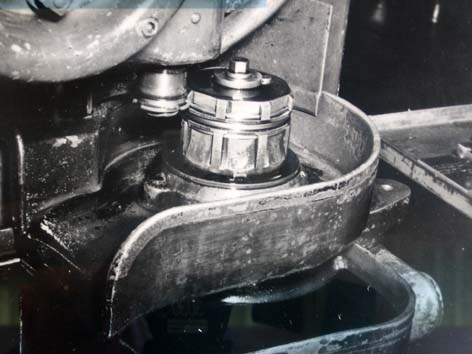
Springfield Armory NHS, US NPS 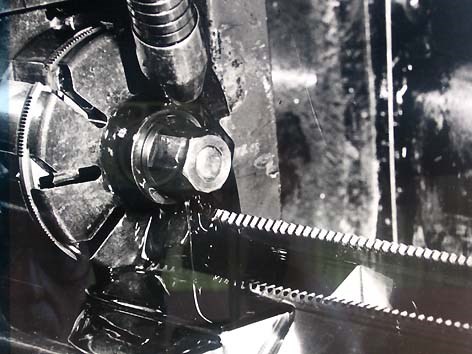
Springfield Armory NHS, US NPS 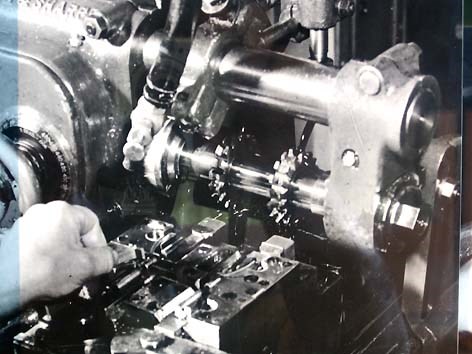
Springfield Armory NHS, US NPS 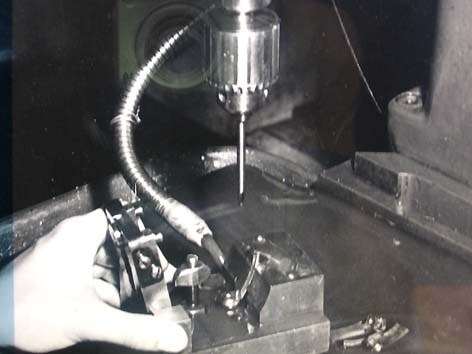
Springfield Armory NHS, US NPS 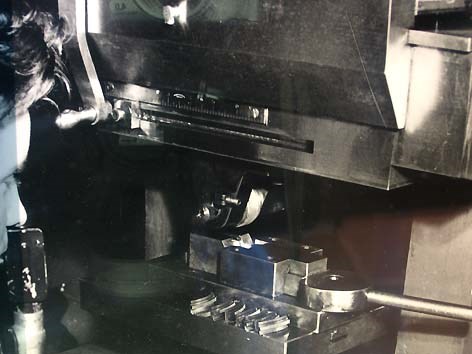
Springfield Armory NHS, US NPS 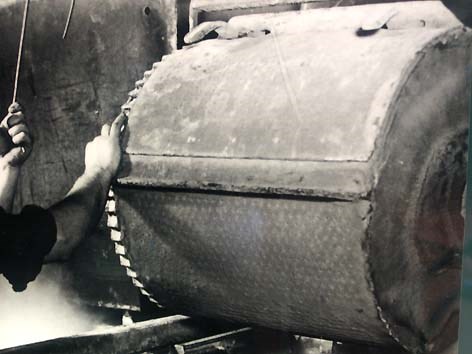
Springfield Armory NHS, US NPS 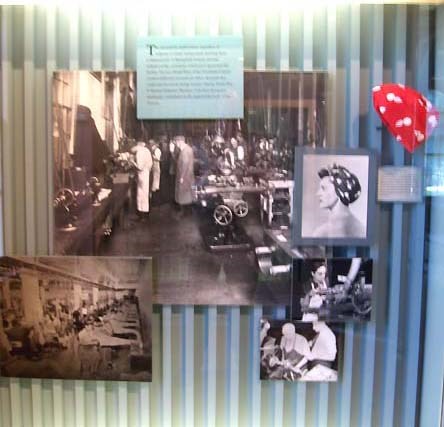
WOW Kerchief During World War II, when great numbers of men were in military service, their places on Armory production lines were taken by WOWs – Women Ordnance Workers. At one point some 45% of the Armory work force was made up of women. Kerchiefs like this helped boost morale among these women and also served a safety function by keeping long hair from being caught in machines. Springfield Armory NHS, US NPS WOWs The demand for skilled labor, regardless of religious or ethnic background, had long been a characteristic of Springfield Armory and had influenced the community which grew up around the facility. The two World Wars of the Twentieth Century created additional demands for labor, demands that could only be met by hiring women. During World War II Women Ordnance Workers, with their distinctive bandannas, contributed to the high productivity of the Armory. 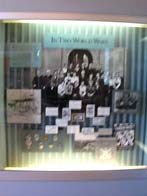
Springfield Armory NHS, US NPS In Two World Wars In the midst of the technology of machines and weapons it is easy to lose sight of the fact that the workers were the Armory’s most valued resource. Persons with a wide variety of skills and aptitudes were required, not only to build the weapons, but to provide support functions to the Armory’s operations. These posters, badges, and other memorabilia from the period of the two World Wars help remind us of the human side of the Armory’s history. ********** 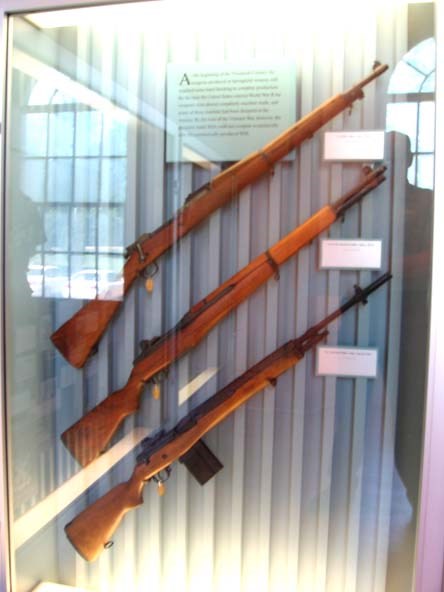
Springfield Armory NHS, US NPS At the beginning of the Twentieth Century the weapons produced at Springfield Armory still required some hand finishing to complete production. By the time the United States entered World War II the weapons were almost completely machine made, and many of the machines had been designed at the Armory. By the time of the Vietnam War, however, the precision-made M14 could not compete economically with the commercially-produced M16. Weapons displayed top to bottom catalog# U.S. Rifle, Caliber .30-06 M1903 SPAR 6389 |
Last updated: February 26, 2015
